Since September, Sandia staff have been chasing two big goals: to accelerate innovation and lead in modern engineering. While working toward these goals will certainly lead to excellent outcomes, Labs leadership has emphasized the need to achieve them, saying that if not achieved, Sandia may fail at its mission and put the nation at risk.
“We’ve got to be more agile to deliver capability faster,” Deputy Laboratories Director for Nuclear Deterrence and Chief Technology Officer Laura McGill told a crowd during a town hall about the goals. “There are going to be new threats that we have to address with diverse and innovative solutions.”
On May 7, all staff members are invited to attend an event that features Sandians who have implemented diverse and innovative solutions in their work. They represent different areas of the Labs and each has a lesson to share.
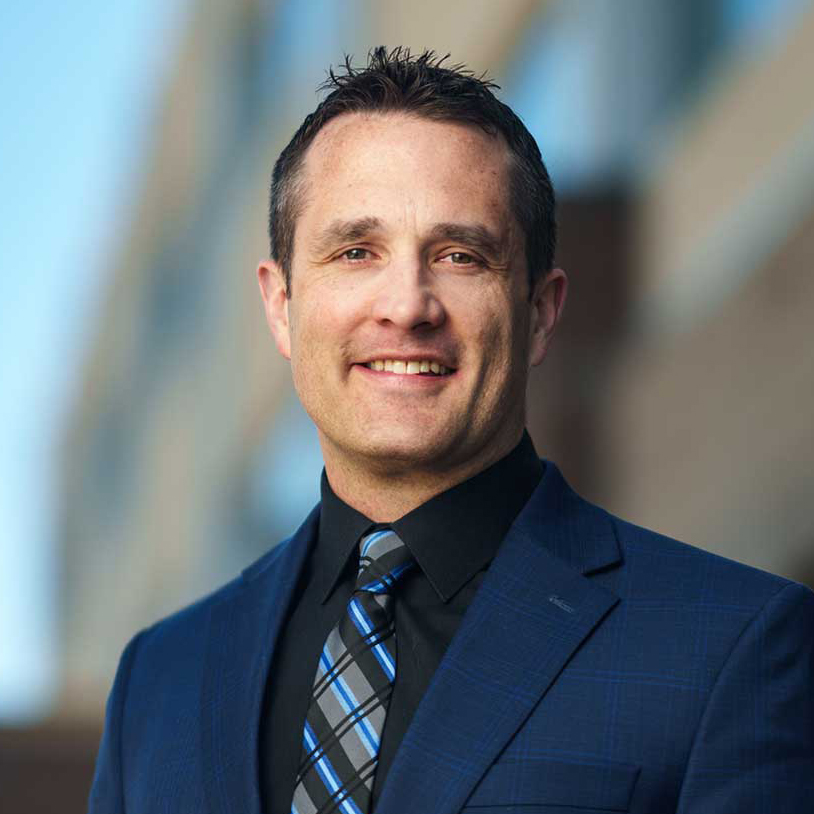
Zak Kreiner: Success is a spectrum
Zak, manager of emerging flight technologies, and his team were tasked with developing a spacecraft payload that carries technology that addresses space situational awareness. A project like this would typically require years to develop, but they had to deliver the work in 18 months.
Zak and his team identified the minimum set of features they needed to deliver, then intentionally increased scope from there. While it’s difficult to prevent scope creep and say “no” to stakeholders who wish for more, his team delivered a prototype for technology that provides a lot of value to partners — and they delivered it on time.
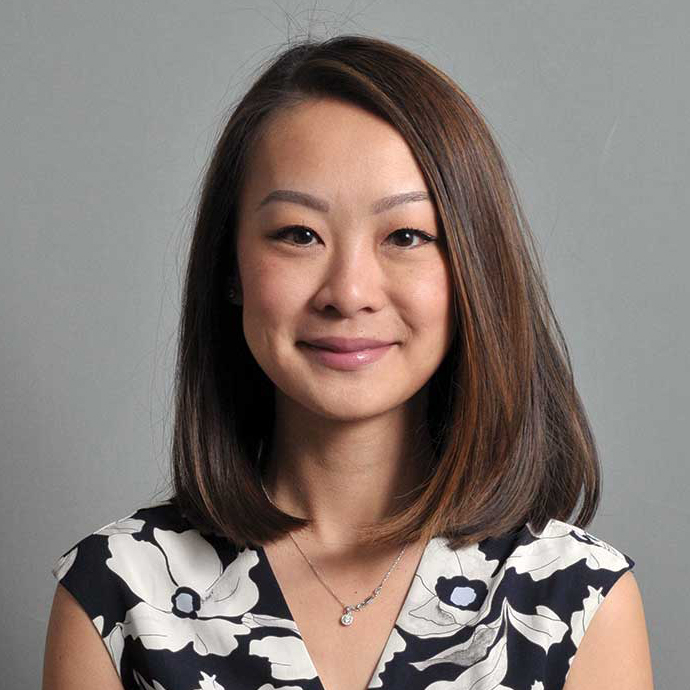
Julie Thai: Innovation takes time
In late 2020, HR process specialist Julie identified processes in her group that could be dramatically improved by robotic process automation. Julie and her team contracted outside experts and developed their first robot, designed to decrease the time to hire a new person at Sandia. After many months of fine-tuning, they began using it in January 2023, reducing task processing time from seven minutes to two seconds.
Often, innovation doesn’t happen overnight. Julie and her team took many small steps in their journey to create a better solution. She emphasizes diving in with the data that is available, staying resilient and recognizing setbacks as opportunities to improve.
Julie’s team currently has three active robots and is working on three more that will save more time and transform how they perform work.
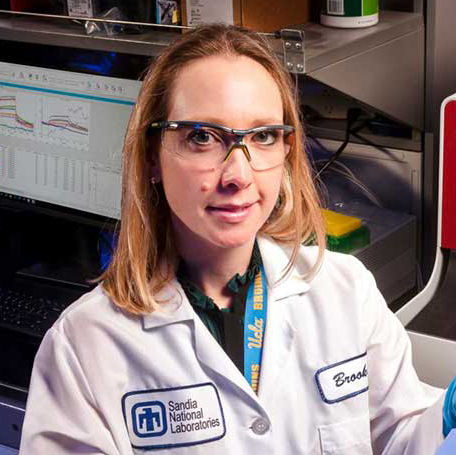
Brooke Harmon: Pivot to meet opportunities
At the beginning of 2020, virologist Brooke was researching antibody engineering to treat diseases of the brain. She and her team developed a platform to characterize efficacy of therapeutics against many types of viruses. When COVID-19 spread around the world, they pivoted their skillset, expertise, and research to develop nanobody therapeutics for the emerging virus, meeting urgent security needs.
In early 2020, Brooke recruited multidisciplinary experts, from Sandia and externally, to join the effort. In January, her team partnered with a computational team at Lawrence Livermore National Laboratory. By the end of March, Brooke’s team submitted proposals and secured funding. Within a few months, the team had identified and tested several promising therapeutic antibodies and nanobodies with efficacy against COVID-19.
By working with an expanded team, on a shortened timeline and with increased funding, Brooke’s team rapidly increased their capabilities, which accelerated progress on all their projects. Today, the nanobody pipeline that they developed in 2020 is part of many internal and external projects.
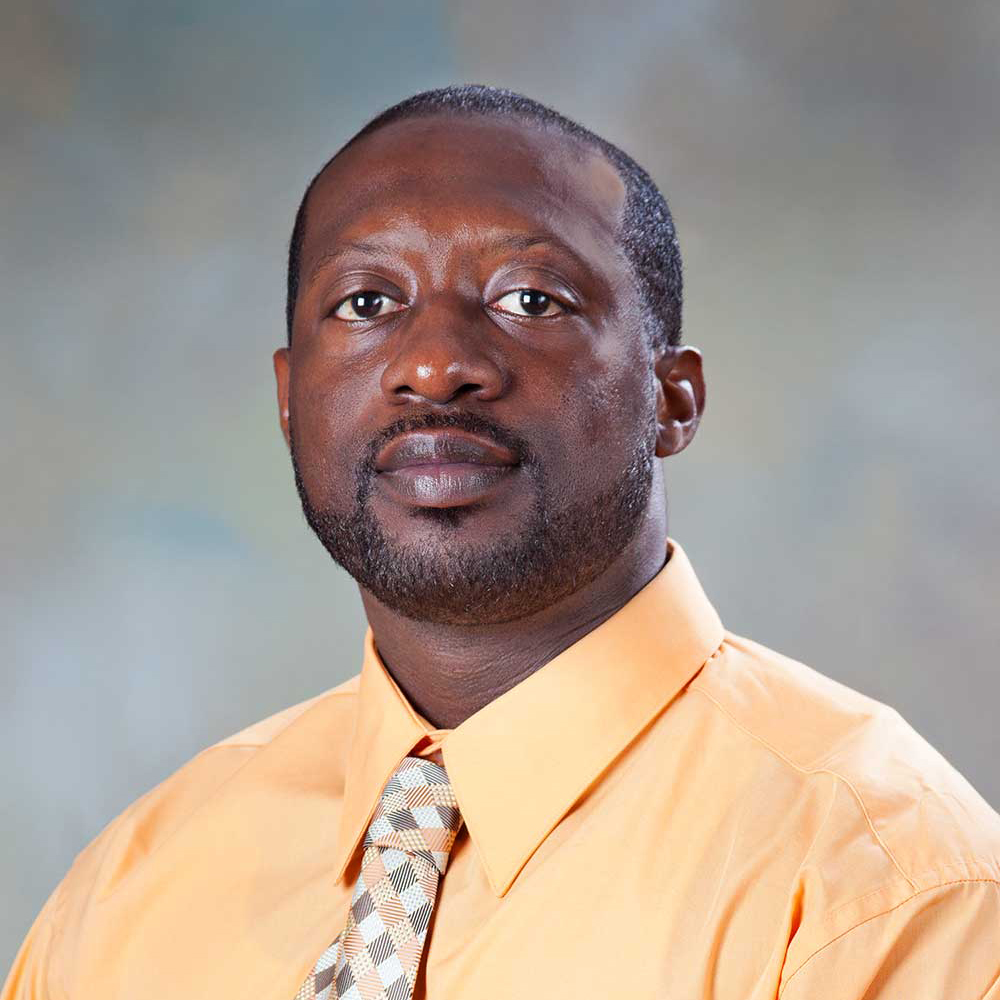
Carl Rhinehart: Progress through iteration
Design engineering senior manager Carl understands that demanding perfection can hamper excellence. In 2023, Carl and his team rolled out a new design for a manufacturing engineering tool that reduces downstream issues in manufacturing processes. His team could have introduced the tool when it was nearly perfect, but the perfect tool would take three years to develop.
Rather than waiting until 2026, Carl advocated for delivering an early version of the tool to start evaluating conceptual designs, even though it wasn’t perfect. The team continues to improve the tool, which is on track to catch nearly all errors after its re-release in 2026.
Carl faced resistance when he suggested delivering the imperfect tool early, but he persisted to meet a national security need. The tool is already correcting many errors that would not have been caught otherwise.
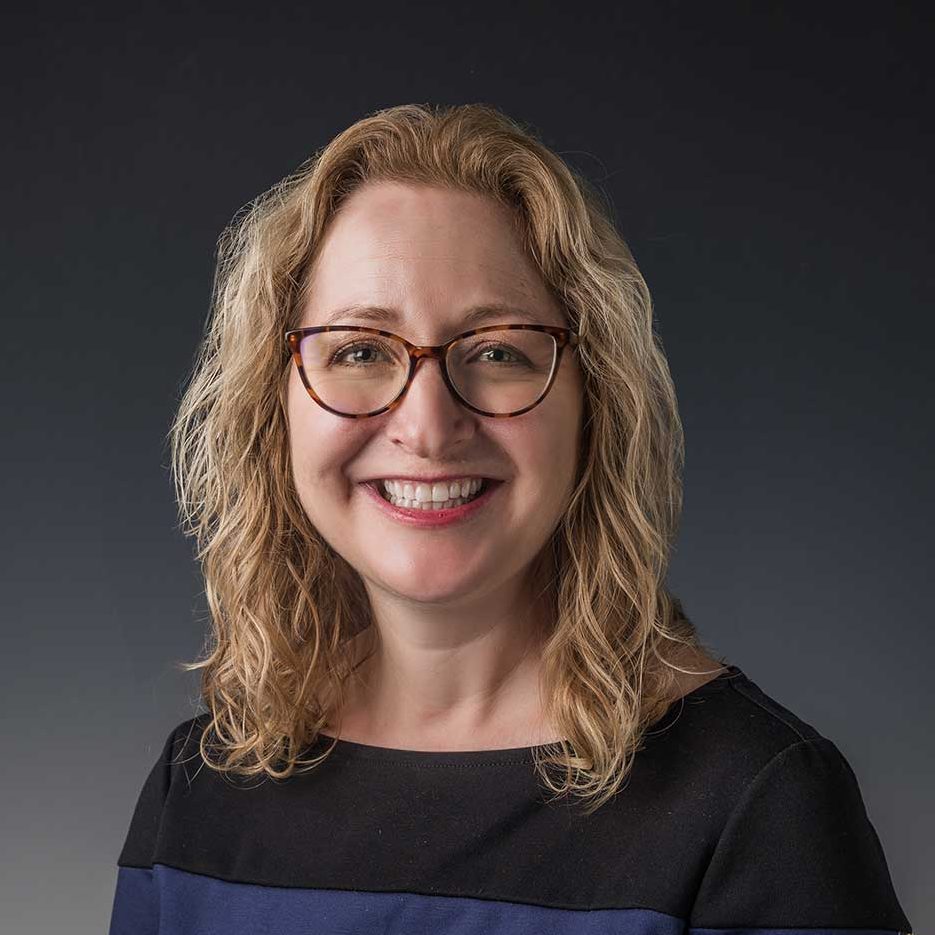
Rebecca Brock: A fresh perspective
Creative Services manager Rebecca expects her team to take intelligent risks and rewards them for it. When it was time to produce the new corporate video, Creative Services staff proposed their best ideas and voted on them. The ambitious idea was submitted by a new team member, an unconventional choice to lead one of their highest visibility products. He and another new video producer directed the video with a vision for Sandia’s future, pulling in expertise from senior members of Creative Services.
When Sandia leadership proposed a Labswide podcast, Rebecca entrusted a writer to develop and launch the show. She knew there would be room for improvement at launch and it would evolve along the way. Since then, the writer has received additional opportunities to lead others in the group.
Innovation is often born from fresh perspectives and hiring staff with new skills for the future. Rebecca seeks those perspectives, supports staff members who take risks and knows this style of leadership reaps benefits.